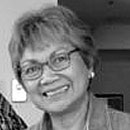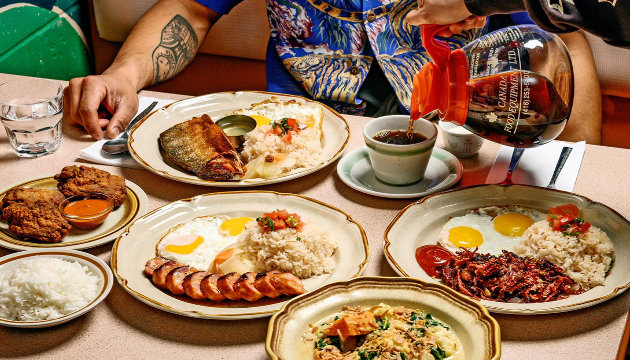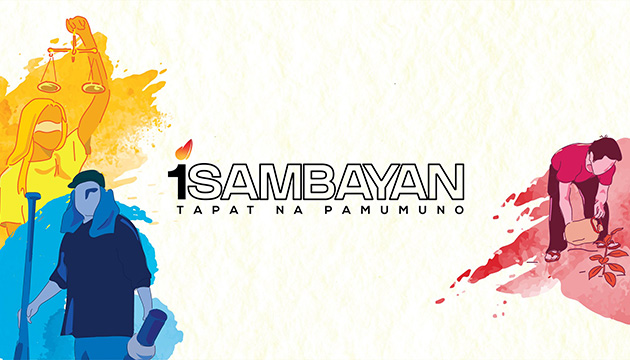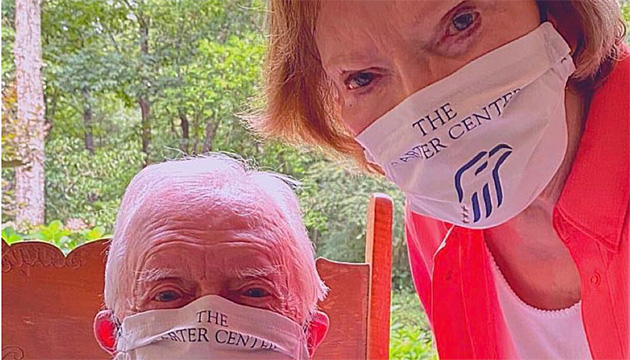Early in January this year, an earthquake of magnitude 6.4 with maximum intensity of V11 (Very strong) devastated certain areas of Puerto Rico leaving 3.1 billion US dollars in damages and thousands of people homeless.
On January 28, a 7.7 magnitude earthquake was recorded in the Cuba-Jamaica area and felt as far as Miami, Florida. This kind of natural disaster or even worse can happen in Canada any time now. Unfortunately, earthquakes cannot be predicted accurately in advance long enough to evacuate affected areas to safety. So it is better to be prepared for the worst at all times.
The 'Big One' is a hypothetical earthquake of magnitude ~8 or greater that is expected to happen along the San Andreas Fault in the US. Such a quake will produce devastation to human civilization within about 50-100 miles of the SAF quake zone, especially in urban areas like Palm Springs, Los Angeles and San Francisco.
Canada’s British Columbia is also at risk for a similar megaquake or "The Big One(BO) or Megathrust" because the Juan de Fuca plate is Canada's most volatile fault line. Vancouver Island, the West Coast of B.C. and Metro Vancouver are all high risk areas. Earthquakes in this region occur as a result of slipping between the Juan de Fuca Plate and the North American plate, which are pressed together. Sudden movement between the two plates can create powerful earthquakes
The area of greatest risk in B.C. is along the Cascadia subduction zone, a fault running from northern Vancouver Island to northern California that separates the North American tectonic plate and the Juan de Fuca plate west of Vancouver Island. The coast of British Columbia is the region most at risk from a major earthquake. Chinatown, Kitsilano, South Granville and the West End would be hit the hardest, with pockets of damage also highlighted in the Point Grey, Strathcona, Mount Pleasant and Marpole areas.
Other areas prone to earthquakes are the St. Lawrence and Ottawa River valleys, as well as parts of the three northern territories.
Large earthquakes over 7.0 magnitude can cause serious damage, injuries and fatalities. A magnitude 7.3 earthquake would cause the most damage to Vancouver's older, multi-family residential and commercial areas. In fact, a strong quake near one of Canada's major urban areas would likely be the most destructive natural disaster this country could experience.
Seismologists agree that there is potential for an earth shaking event of considerable magnitude in high risk areas because these are in a subduction zone, where one plate is being pushed under another. Even a magnitude 6 earthquake could do extensive damage in a built-up area even though buildings do not automatically collapse in earthquakes. Signs of large quakes of magnitude 7 or higher are the following:
- These can last up to several minutes and constitute a natural disaster if its epicentre is near a densely populated area, or its magnitude sufficiently large for the region.
- The ground or floor will move, perhaps violently.
- Whether far away or close to the source, you will probably feel shaking followed by a rolling motion, much like being at sea.
- If you are far away from the source, you might see swaying buildings or hear a roaring sound.
- You may feel dizzy and be unable to walk during the earthquake.
- If you live in a high rise or a multi-storey building, you may experience more sway and less shaking than in a smaller, single-storey building. Lower floors will shake rapidly, much like residential homes. On upper floors, movement will be slower but the building will move farther from side to side.
- Furnishings and unsecured objects could fall over or slide across the floor.
- Unsecured light fixtures and ceiling panels may fall.
- Windows may break.
- Fire alarms and sprinkler systems may be activated.
- Lights and power may go off
The government will NOT cover damages for catastrophic events such as wildfires, earthquakes , snow load, wind storms, sewer or sump pit back-up, water entry from above ground (including roofs, windows or other areas of the building). Check with your insurance companies to be sure you have sufficient home insurance to cover them.
During a major catastrophic event such as an earthquake entire communities will be shut down. Make sure you have your emergency preparedness plan and enough food and water to survive for 72 hours. And knowing that you have good earthquake insurance coverage will make it easier to get through the shock and recovery of an earthquake event.
Even those who survive the immediate earthquake will find themselves in danger. The first thing they will need is water, but most water mains will probably have been broken. Utilities such as electricity, natural gas, gasoline, telephones, etc. will be interrupted for days, weeks or longer. Medical facilities will be jammed and unable to handle the casualties. Most people will not be able to get to the hospital because roads will be damaged. Banks will be closed, as will any organization that relies on the internet. Little if any food or medicine will reach the area, and radio/TV communications will be spotty at best.
The best way to prepare for the BO is to plan on camping for two weeks; think of sleeping bags, tents, and living outdoors. This means not only basic necessities (food, water, clothing, shelter) but the knowledge of how to survive.
There are approximately 2500 tremors in B.C. every year, thus making this region highly seismic. Low level intensity quakes - magnitude 4.0 in the Richter Scale or lower - usually go unnoticed. Did you feel the 2.7 magnitude earthquake 12 KM south of Ucluelet, BC on March 25, 2018? And in 2012 a 7.7 magnitude quake shook off Hadai Gwaii but did not cause much damage in uninhabited areas. In the past 100 years, at least 9 earthquakes in or near Canada have registered a magnitude greater than 7.
The Great BC ShakeOut is an annual province-wide earthquake drill occurring each October which encourages practice of internationally recognized “drop, cover, hold on” procedures. Participate in ShakeOut as a reminder to prepare, survive and recover in the event of a major earthquake. Register with Shake Out BC for notification in case of these pending natural disasters.














